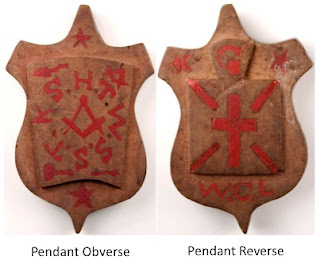The National Park Service closed the Washington Monument for an indefinite period, it announced today, citing nagging elevator malfunction that persists even after years of repairs made to the landmark, located on the National Mall in Washington, DC.
 |
During Masonic Week 2009, Jim Dillman and I successfully escaped the hotel to do some sightseeing in DC, namely the National Mall and the House of the Temple. Magpie file photo
|
The NPS used its Facebook page this morning to say:
Despite the continuing work on the Washington Monument elevator, we have not been able to determine the causes of the ongoing reliability issues. As a result, we have made the difficult decision not to reopen the Washington Monument until we can modernize the elevator control system. The scope of work to be accomplished while the monument is closed and the duration of the closure are still being determined; we expect to have an announcement with those additional details in the next couple of weeks.
If you didn’t know, the Washington Monument was built, in part, with stones contributed by America’s Freemasons to honor their most revered brother. Others throughout the United States, as individuals and groups, also participated, but the Monument always had the distinct tie to the Masonic Order. Whether that is because it is an obelisk, or because of its placement within the formation of the nation’s most prized architecture, or what other intangible force people think they discern, the Washington Monument stands as a nexus where U.S. history and the story of Freemasonry intersect—and, true to form, the elevator is out.














































































